Living in a converted chapel: everything you need to know

Converting a disused chapel into your dream home is a unique and rewarding endeavour that requires careful planning, creativity, and a skilled team of professionals.
This ambitious project involves multiple stages, including hiring an architect, selecting tradesmen, fitting utilities, and transforming the space into functional bedrooms, bathrooms, kitchen, and living areas. In this comprehensive guide, we walk through each step of the process, providing insights, considerations, and approximate costs. We also itemise the pros and cons of living in a converted chapel.
Where can I find a disused chapel to buy?
The Church of England regularly updates its list of closed churches that are up for sale and ready to convert into homes or business premises. Most estate agents will also market disused chapels and churches that have already been converted for habitation.
How many chapels become available each year?
Around 20 chapels and other church buildings are decommissioned each year. These buildings then either go onto the open market for sale or, in some special cases, buildings are donated to the Churches Conservation Trust.
How much would a disused chapel cost to buy?
Depending on the building’s size, location and state of repair, a disused chapel could cost anything from £150,000 to several million pounds.
How much would it cost to convert a chapel into a home?
It’s hard to come up with a definitive conversion cost because this will depend on the building itself, how extravagant your plans are and what part of the country you are in. A chapel conversion in the Herefordshire countryside, for example, would cost significantly less than one in London or one of the other metropolitan areas. That being said, we’ve estimated many of the essential development costs below.
What are the main jobs I’d need to complete in my chapel conversion project?
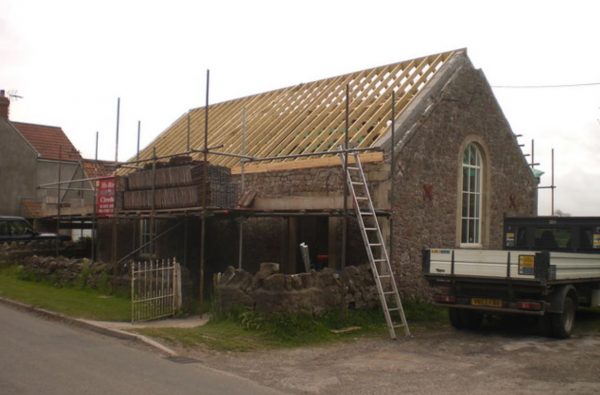
Preliminary considerations
Before diving into the conversion process, it’s essential to conduct a thorough assessment of the chapel’s condition and research local planning regulations. Seek guidance from local authorities to understand any restrictions or permissions required for the conversion. Additionally, engage with an architect or surveyor to assess the structural integrity and potential challenges of the building.
Cost Estimate: Hiring an architect for initial consultation and assessment can range from £1,000 to £2,500, depending on the complexity of the project.
Engage an architect
Once you have a clear understanding of the project’s feasibility, hire a qualified architect experienced in historic or unconventional conversions. Collaborate closely to develop a design that respects the chapel’s heritage while meeting your modern living needs. The architect will create detailed plans, ensuring compliance with building regulations and obtaining necessary approvals.
Cost Estimate: Architect fees typically range from 5% to 15% of the total construction cost. For a £200,000 project, this could translate to £10,000 to £30,000.
Obtain planning permission
Work closely with your architect to prepare and submit planning applications to the local authority. Ensure your plans adhere to building codes, conservation guidelines, and any other relevant regulations. The process may involve public consultations, so be prepared for potential modifications based on feedback.
Cost Estimate: Planning permission application fees can vary but are typically around £200 to £500.
Hire trusted tradesmen
Selecting skilled tradesmen is crucial for a successful chapel conversion. Engage with reputable builders, electricians, plumbers, and other specialists with experience in heritage work or unique projects. Obtain multiple quotes, check references, and ensure they have the necessary certifications.
Cost Estimate: Labour costs can vary, but on average, expect to pay £20 to £40 per hour for skilled tradesmen.
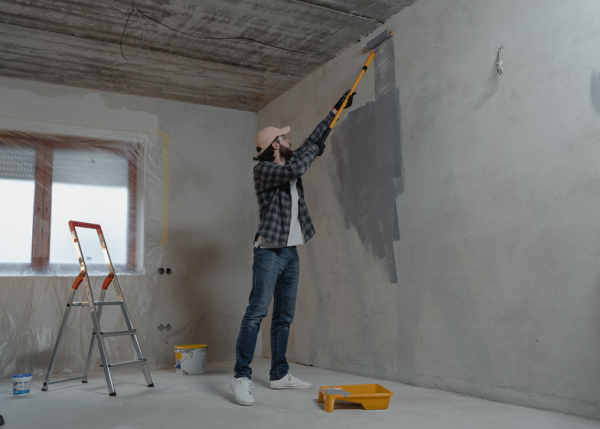
Make structural repairs and organise utility services
Address any structural issues identified during the assessment phase. This may involve repairing foundations, roofs, or walls. Simultaneously, install necessary utilities such as plumbing, heating, and electrical systems. Ensure compliance with safety standards and building regulations.
Cost Estimate: Structural repairs can range widely, but budgeting around £30,000 to £50,000 for major repairs is a reasonable estimate. Utility installation costs will depend on the complexity of the systems but may range from £15,000 to £30,000.
Plan your interior design and layout
Work with your architect to finalise the interior design and layout. Consider the unique features of the chapel, such as stained glass windows or high ceilings, and incorporate them into the design. Allocate space for bedrooms, bathrooms, kitchen, living areas and ample storage, balancing aesthetics with functionality.
Cost Estimate: Interior design costs can vary based on complexity and materials used, but budgeting around £15,000 to £30,000 is a reasonable estimate.
Renovate bedrooms, bathrooms, and living spaces
Begin the construction phase by transforming designated areas into bedrooms, bathrooms, and living spaces. Consider the placement of partitions, flooring, and lighting to create a harmonious and functional living environment. Choose fixtures and fittings that complement the chapel’s unique character.
Cost Estimate: Construction costs for bedrooms, bathrooms, and living spaces will depend on the scope of work but may range from £50,000 to £100,000.
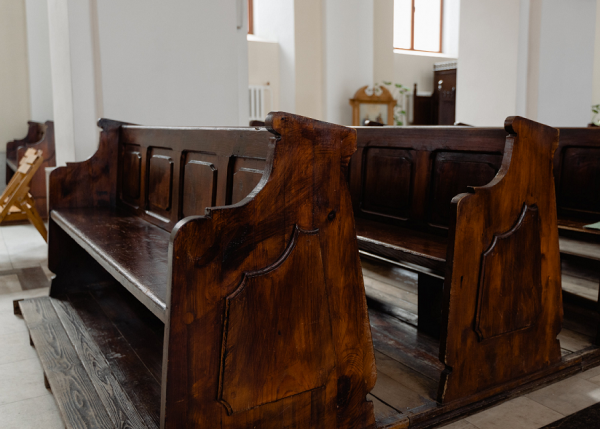
Install your kitchen
Design and install a modern kitchen that suits your lifestyle while respecting the chapel’s character. Consider bespoke cabinetry, high-quality appliances, and a layout that maximises functionality. Ensure that plumbing and electrical systems are in place to support kitchen appliances.
Cost Estimate: Kitchen installation costs can vary widely based on materials and appliances, but budgeting around £20,000 to £40,000 is a reasonable estimate.
Add the final touches and finishes
Add the finishing touches to your dream home, including paint, flooring, lighting fixtures, and decorative elements. Pay attention to details that enhance the chapel’s unique charm. Ensure that the finishing materials are durable and in line with your aesthetic preferences.
Cost Estimate: Budgeting around £15,000 to £30,000 for final touches and finishes is a reasonable estimate.
Have a contingency budget
No matter how well you have planned your chapel conversion there will be unexpected costs when things don’t quite go to plan. For that reason, you will need a contingency budget of 10-15% of the total project cost. Unforeseen challenges or changes to the original plan may arise, and having a financial buffer will help manage unexpected expenses.
If you want to get a taste of what life would be like living in a converted chapel the holiday and leisure company Coolstays has found ten quirky chapel conversions for rent. Or check out this video for a walk around another beautiful chapel conversion near Sandy in Bedfordshire.
What are the pros of living in a converted chapel?
The historical charm
Converted chapels often retain their original architectural features, such as high ceilings, stained glass windows, and intricate detailing. Living in such a space provides a sense of history and character that is hard to replicate in modern homes.
A unique living space
One of the primary advantages of living in a converted chapel is the opportunity to reside in a truly unique and distinctive space. The open layouts and expansive interiors offer a canvas for creative interior design.
Spacious interiors
Chapels are typically designed to accommodate a large number of people during religious services. As a result, converted chapels often boast spacious interiors, providing ample room for living, entertaining, and working.
Natural light
The large windows and often extensive use of stained glass in chapels allow for abundant natural light. This creates a bright and airy atmosphere, enhancing the overall living experience.
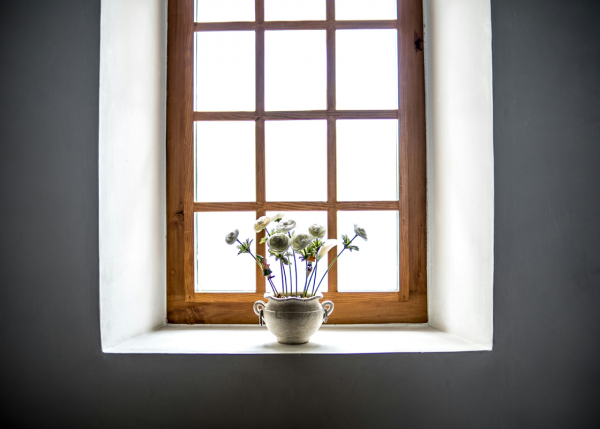
Acoustic appeal
Many chapels are designed with acoustics in mind to ensure that sermons or musical performances can be heard clearly throughout the building. This can be a unique and positive feature for people who appreciate good sound quality.
Unique architecture and design detail
Living in a converted chapel offers the chance to experience a different style of architecture. The grand facades, spires, and unique layouts contribute to a living space that stands out from traditional homes.
A celebration of community roots
Chapels are often located in the heart of communities, providing residents with a sense of belonging and connection. The surrounding community may have a shared history and identity, fostering a strong sense of community.
A blank canvas for interior design
The open layout of chapels allows for creative and versatile interior design options. Residents have the opportunity to customise the space to suit their preferences and lifestyle.
Peace and privacy
While chapels may be located in bustling communities, the thick walls and soundproofing designed for religious services and public celebration can contribute to a sense of privacy within the converted living space.
Amazing adaptability
Converted chapels are adaptable spaces that can cater to various living arrangements. They can be suitable for families, individuals, or even serve as live/work spaces.
The cons of living in a converted chapel
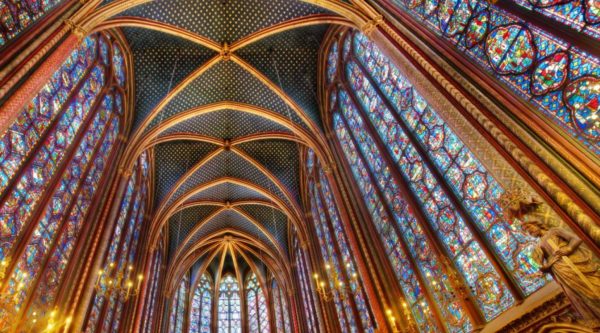
Maintenance challenges
Old structures come with their own set of maintenance challenges. Chapels may require regular upkeep, and repairs can be more complex and costly than those in modern homes.
Grave concerns
Your garden may be a graveyard! Some churches and chapels have rules in place that allow mourners to visit graves even after the grounds have left Church hands. This can mean you will need to allow the public onto your land, and that you won’t be able to do too much with your garden. Note, getting permission to move human remains is both a legal and moral minefield.
Limited outdoor space
Chapels are often situated on smaller plots of land compared to traditional houses. This can result in limited outdoor space, making it challenging for those who enjoy gardening or outdoor activities.
Heating and insulation
Historic chapels may not be equipped with modern heating and insulation systems. Keeping the space warm in winter can be a challenge, and energy efficiency may be a concern.
Limited storage
While chapels offer spacious interiors, they may lack built-in storage spaces commonly found in modern homes. Finding creative storage solutions becomes essential in such cases.
Listed building rules and development regulations
The chapel may have a local authority or English Heritage listing because of its architectural or historical significance. This could restrict the modifications you can make to the building. At the worst it would prevent you making the changes you had hoped, at best it will mean a rather protracted planning approval process.
Lack of traditional bedrooms
Chapels don’t have traditional bedrooms, and converting the space into a residential layout might require some creative partitioning. This can be a drawback for those who prefer conventional bedroom setups.
Cost of renovation
The initial cost of purchasing and renovating a chapel can be substantial. Converting the space into a liveable home may involve extensive renovation, which can be both time consuming and expensive.
Limited amenities
Converted chapels may lack some of the modern amenities commonly found in newly constructed homes. This includes features such as walk-in closets, en-suite bathrooms, or spacious kitchens.
More competition when trying to find a good deal
With their distinctive looks, history and good locations, buildings put up for sale by the Church are always fiercely fought over by prospective buyers and developers. Expect stiff competition when you make an offer to buy a chapel for conversion.
Resale value
Selling a converted chapel may be more challenging than selling a traditional home. The unique nature of these properties may only appeal to a niche market, potentially affecting resale value. Read this useful blog to find out how your home’s non-standard status could affect its resale value.
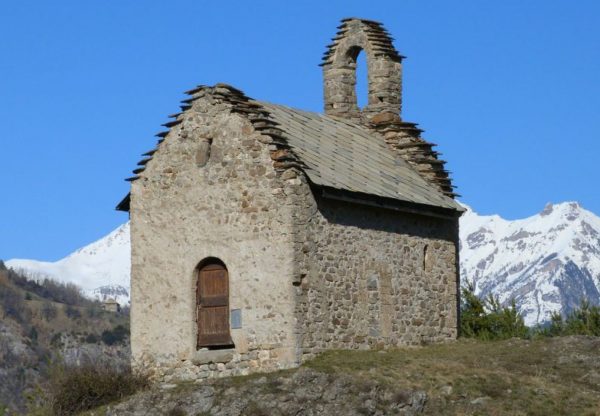
Insuring your converted chapel
Not all insurance companies have the expertise to provide cover for non standard buildings such as converted chapels. Thankfully, we have a range of specialist household policies, including those designed specifically for converted chapels, or any other buildings that had previous uses, and have now been converted for domestic use. Call 0800 369 8590 for a swift no-hassle quote.







